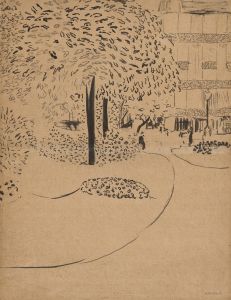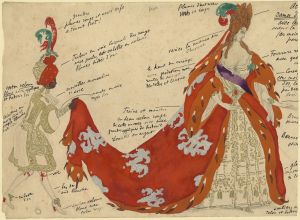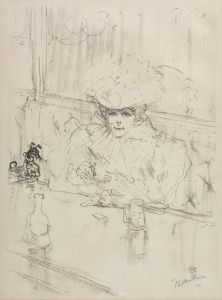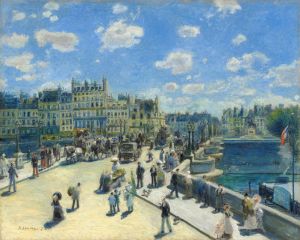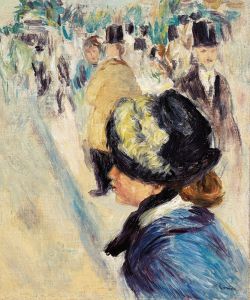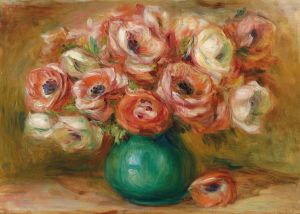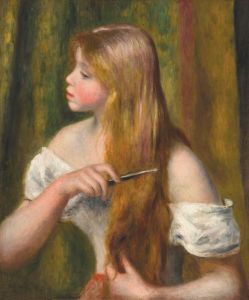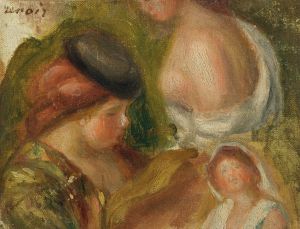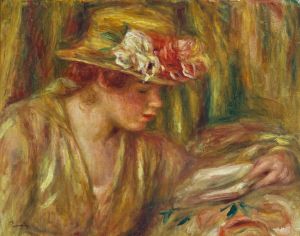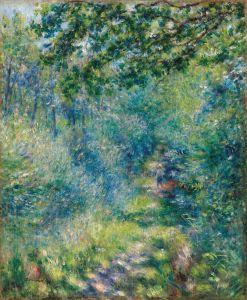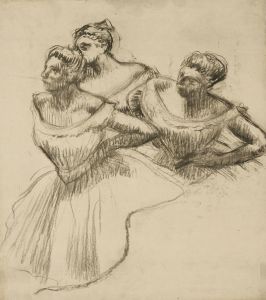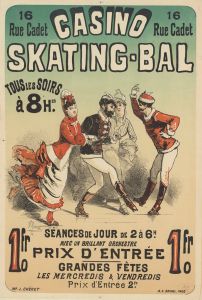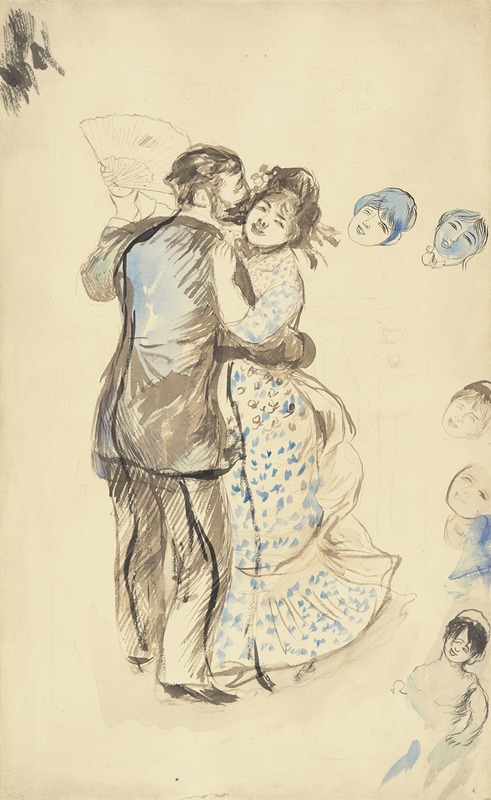
La danse à la campagne
A hand-painted replica of Pierre-Auguste Renoir’s masterpiece La danse à la campagne, meticulously crafted by professional artists to capture the true essence of the original. Each piece is created with museum-quality canvas and rare mineral pigments, carefully painted by experienced artists with delicate brushstrokes and rich, layered colors to perfectly recreate the texture of the original artwork. Unlike machine-printed reproductions, this hand-painted version brings the painting to life, infused with the artist’s emotions and skill in every stroke. Whether for personal collection or home decoration, it instantly elevates the artistic atmosphere of any space.
"La danse à la campagne" (Dance in the Country) is an oil painting created by the renowned French artist Pierre-Auguste Renoir in 1883. This artwork is part of a series of three paintings that Renoir produced, each depicting a couple dancing in different settings. The other two paintings in the series are "La danse à la ville" (Dance in the City) and "La danse à Bougival" (Dance at Bougival). These works are celebrated for their vibrant depiction of movement and the joie de vivre characteristic of Renoir's Impressionist style.
Renoir was a leading figure in the Impressionist movement, which emerged in France in the late 19th century. This movement was characterized by a focus on capturing light and movement, often through loose brushwork and a vibrant color palette. Renoir's work, in particular, is noted for its focus on human figures and scenes of leisure and enjoyment.
"La danse à la campagne" features a couple engaged in a lively dance, set against a backdrop of lush greenery. The painting captures a moment of joy and spontaneity, with the female dancer, dressed in a bright yellow dress with a red sash, appearing to be in mid-twirl. Her partner, dressed in a dark suit and hat, gazes at her with a smile, embodying the carefree spirit of the scene. The setting suggests a rural outdoor location, possibly a garden or a countryside venue, which contrasts with the more formal indoor setting of "La danse à la ville."
The model for the female dancer in "La danse à la campagne" was Aline Charigot, who was Renoir's future wife. Aline frequently appeared in Renoir's works during this period, and their relationship was a significant influence on his art. The male figure is believed to be Paul Lhôte, a friend of Renoir's who also appeared in several of his paintings.
This painting, along with its companions, was commissioned by the French art dealer Paul Durand-Ruel, who was a significant supporter of the Impressionists. Durand-Ruel played a crucial role in promoting their work, organizing exhibitions, and helping to establish their reputation in the art world. The series was well-received and contributed to Renoir's growing fame as a master of capturing the vibrancy and dynamism of modern life.
"La danse à la campagne" is currently housed in the Musée d'Orsay in Paris, where it remains a popular attraction for visitors. The Musée d'Orsay is renowned for its extensive collection of Impressionist and Post-Impressionist masterpieces, and Renoir's work is a highlight of the museum's offerings.
Renoir's "La danse à la campagne" exemplifies the artist's ability to convey emotion and movement through his use of color and brushwork. The painting's lively composition and the joyful interaction between the figures reflect Renoir's optimistic view of life and his skill in portraying the pleasures of the everyday. This work continues to be celebrated for its artistic merit and its contribution to the legacy of Impressionism.





